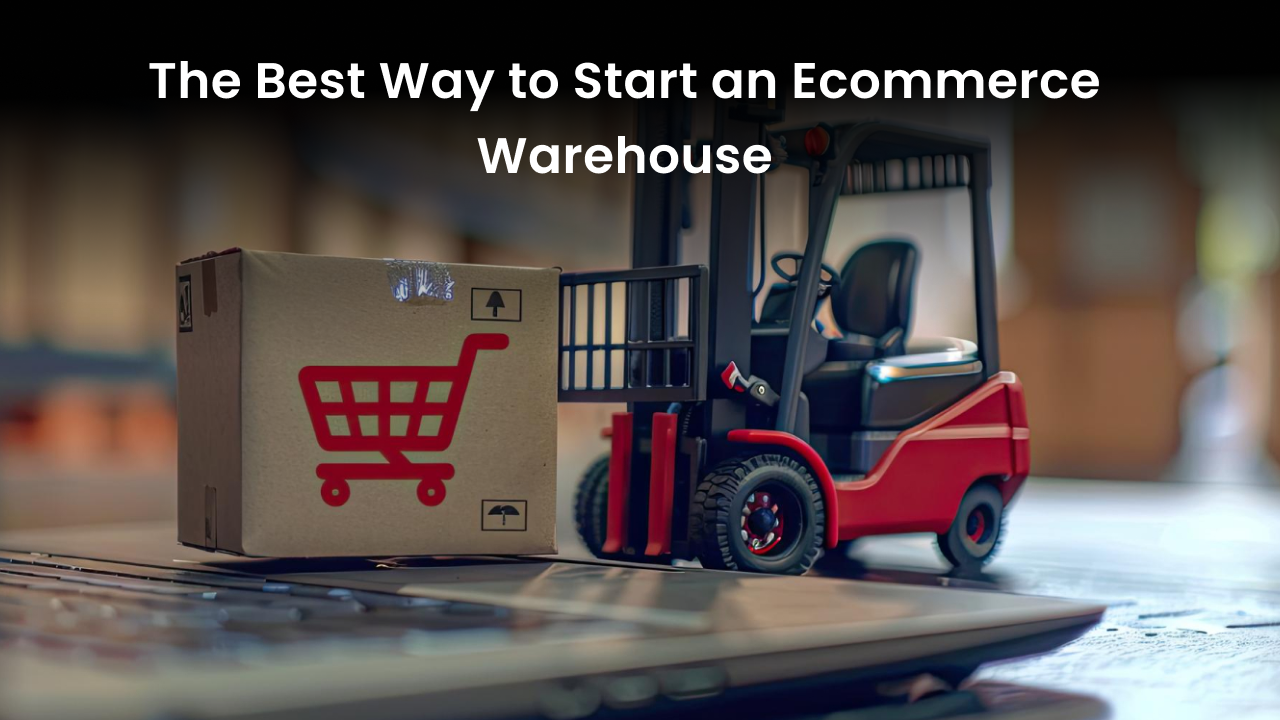
Having an excellent warehouse is crucial for any business. It keeps your clients satisfied while saving you time and money. Traditional warehouses are necessary in this competitive business world, and online stores also need warehouse space. It would help if you managed your warehouse well, no matter how long your business has been around. It involves controlling inventory, streamlining operations, and quickly fulfilling customer orders. It can have a significant impact on your online store’s success.
This simple guide will walk you through handling the e-commerce warehouse management for your online store. We’ll review the best strategies, essential tips, and cunning plans to ensure everything goes as planned. This tutorial contains practical methods to optimize the warehousing of your online store, whether you’re new to this or want to improve what you’re currently doing.
What is E-commerce Warehouse Management
For online businesses, e-commerce warehousing is similar to a large storage facility. It is where all products shown on websites are stored until they are purchased. E-commerce warehouses are intended to meet the unique needs of online shopping rather than traditional retail warehouses, including large quantities of small orders, fast order fulfilment and a wide range of product sizes.
Imagine it as a huge online closet filled with items ready to be shipped. These warehouses are set up and maintained carefully to ensure accurate and timely deliveries. Warehouse for e-commerce makes shopping more accessible by providing a quick and secure means of receiving your orders.
How to Start an E-commerce Warehouse
Planning and considering numerous factors are necessary when setting up an e-commerce warehouse. To continue, simply follow these easy steps:
Assess Your Needs
Determine the exact storage space, location, infrastructure, and services you need. Consider variables like cost-effectiveness, accessibility to labour pools, and distance from important transportation hubs. Additionally, evaluate energy-efficient solutions such as heat pumps to reduce operating costs and enhance sustainability.
Select an Area
Invest in a strategically located warehouse that is easily accessible and minimizes shipping costs and delivery times.
Researching Warehousing Options
Look into different places to store your stuff, like doing it yourself or using special places that handle orders for you. Compare what they offer, how much they cost, and what they can do to find the best one for your business.
Get Warehouse Management System (WMS)
Choose a warehouse management system for e-commerce that can easily work with your online store. A WMS helps you organize what you have, prepare orders, pack them, and ship them, streamlining storage and shipping.
Create Protocols
To ensure accuracy and consistency throughout the fulfilment process, create standard operating procedures for accepting, storing, selecting, packing, and sending orders.
Keep an eye on Performance
Use KPIs and performance measures to monitor the productivity and efficacy of your warehouse’s activities. Consistently analyze data to pinpoint areas that require enhancement and adjust workflows appropriately.
Continuous Improvement
Assess and improve warehouse management procedures to adjust to shifting customer demands, market conditions, and technological breakthroughs.
Tips for E-commerce Warehouse Management
To make your e-commerce warehouse management as productive as possible, you must implement effective warehouse management strategies.
Optimize Layout and Organization
Arrange your warehouse in a smart way to save time and use space well. Use shelves, racks, and boxes to put things neatly and group similar items together. This helps you find things quickly and fit more stuff in your warehouse. Similarly, when considering a data warehouse migration, organizing your data effectively can significantly enhance efficiency and scalability.
Use Technology
WMS, barcode scanning, and inventory management software can increase productivity, automate tasks, and accurately measure inventory levels. Adopt advances like Artificial Intelligence to further increase efficiency and optimize operations.
Simplify Order Fulfillment
To optimize order picking processes and reduce order fulfillment times, use batch picking, zone picking, or wave picking strategies. You can speed up the packing process by investing in packing stations with scales, shipping labels, and packing supplies.
Implement Quality Control Measures
Make rules to check stuff when it arrives, monitor how well things are made, and double-check orders before sending them out. Look for any issues regularly and fix them fast.
Make Safety a Priority
Teach your warehouse team about using equipment safely, the best ways to do things, and what to do in emergencies. Make sure everyone follows safety rules and encourages them to tell you if they see anything dangerous. Doing this creates a culture where safety is important to everyone.
Monitor Inventory Levels
Keep an eye on how much stuff you have using unique systems including types of security cameras that track your items constantly. This helps them know what people want to buy and stop running out or having too much of something. Use smart ways like just-in-time inventory to keep just the right amount and save money on storing things.
Streamline Logistics and Shipping
Working with good shipping companies for better prices can save money and speed up package delivery. Try using helpful apps like Stellar Delivery Date & Pickup to manage orders well.
Collect and Evaluate Data
Use data analysis to gather and review information about orders, customer satisfaction, and how well the warehouse works. Make choices using this data and find ways to improve things based on what you learn from analyzing the information.
These suggestions will boost your e-commerce warehouse operations’ productivity, accuracy, and dependability, ultimately increasing customer service and business growth.
Conclusion
E-commerce warehousing needs a smart plan and good tools to succeed in today’s competitive market. Fast storage and shipping keep customers happy and the business booming. Follow these steps and strategies to make your warehouse run smoothly. Whether starting fresh or fixing an old setup, these tips will guide you through e-commerce warehousing in 2024 and beyond. Simplify, use tech, and focus on customers. With these basics, your warehouse can work well.










About the author
Bidisha Saha
Step into the content world with Bidisha Saha, a seasoned Senior Content Writer at Identixweb. Passionate about e-commerce, technology, and marketing, she optimizes online visibility, crafting engaging content for business growth. Join the journey through words and innovation with Bidisha.